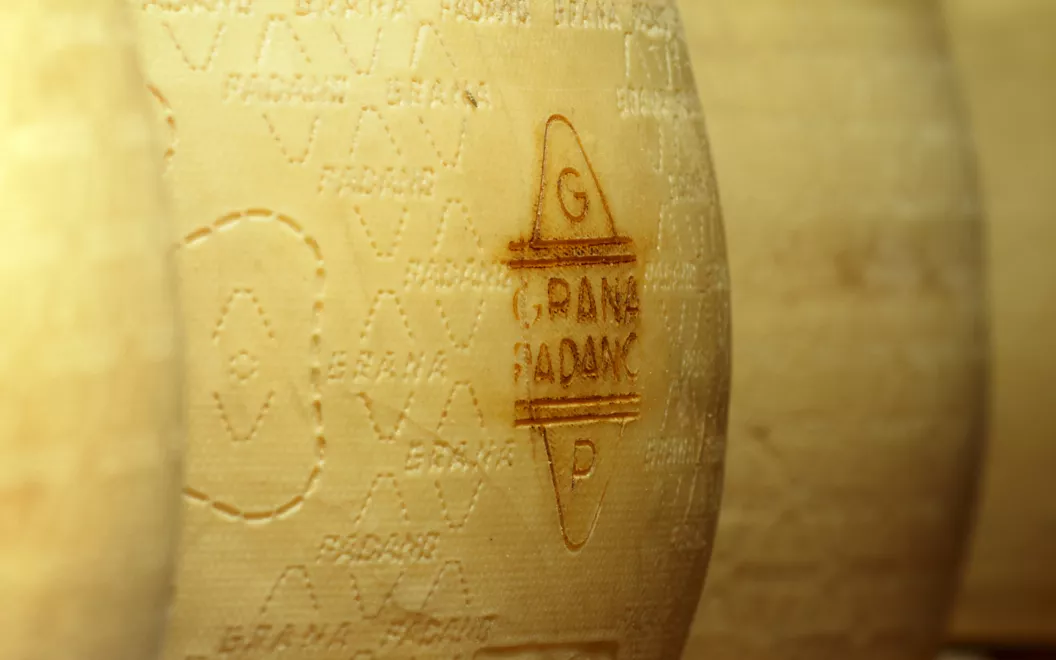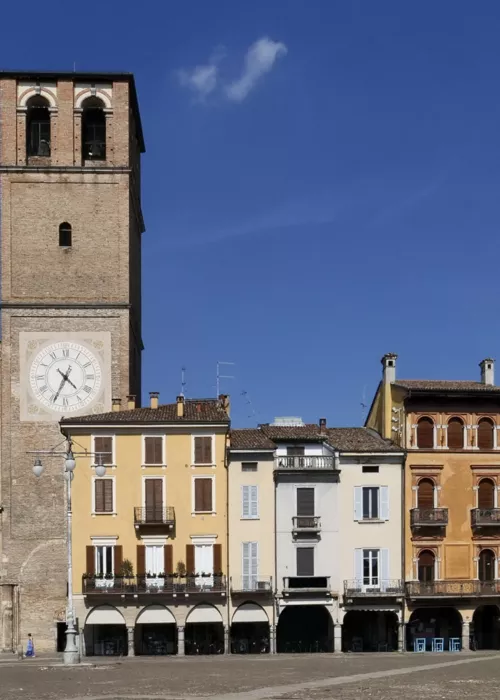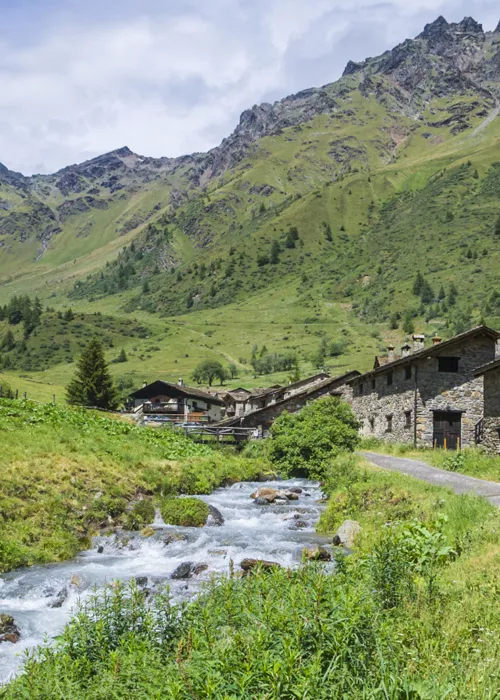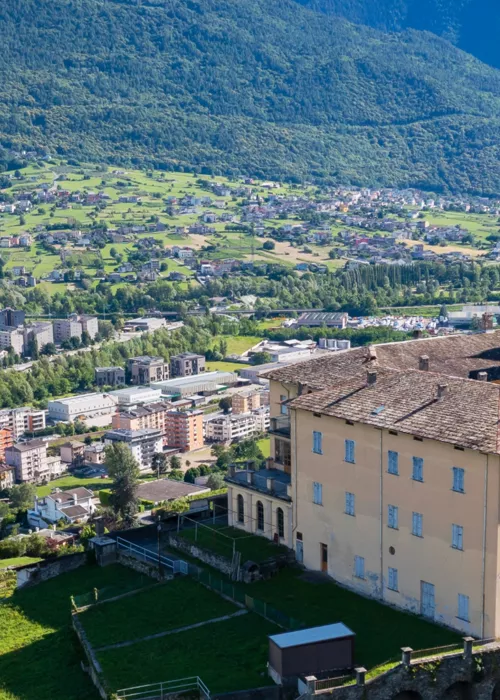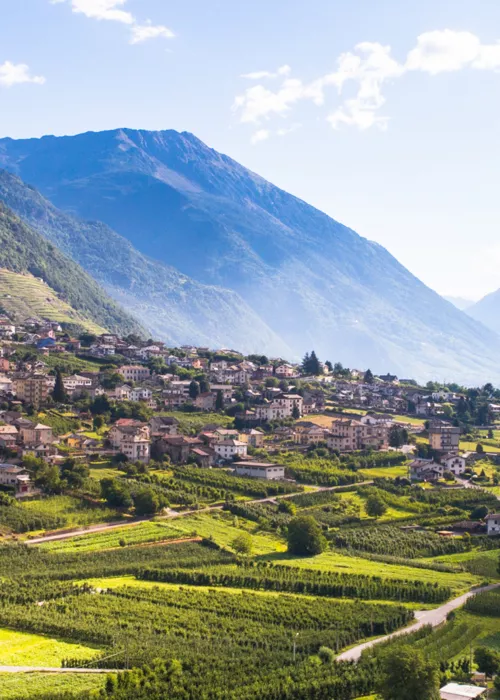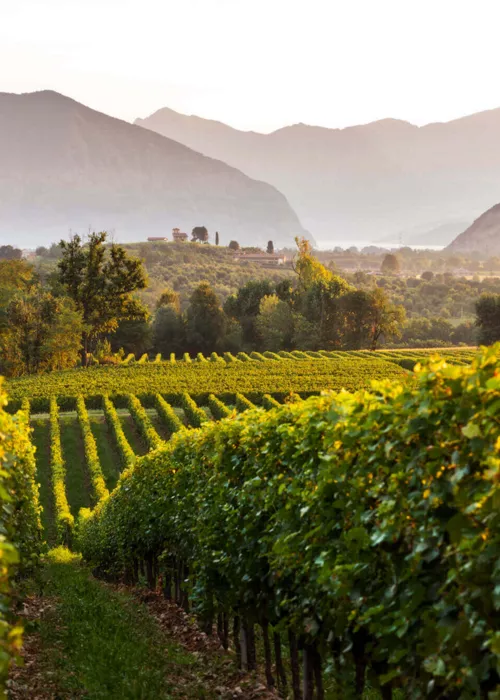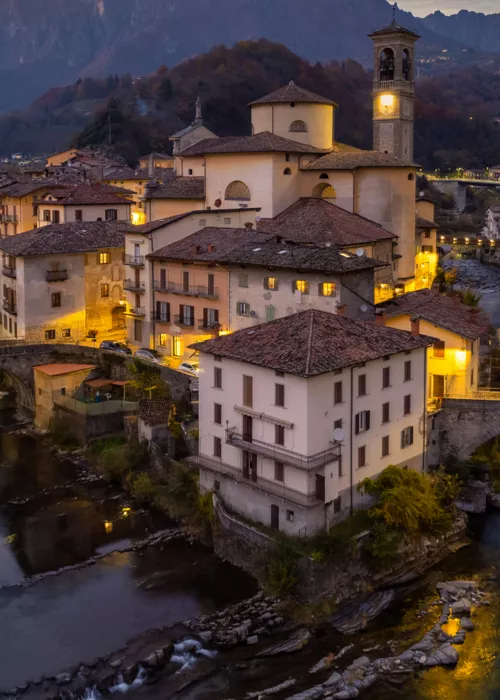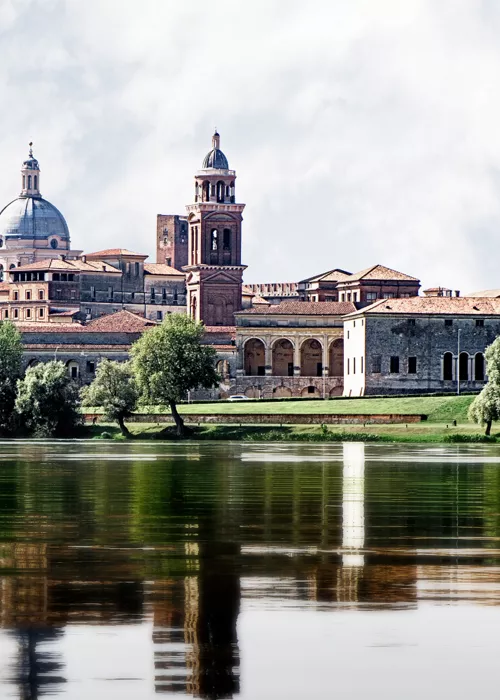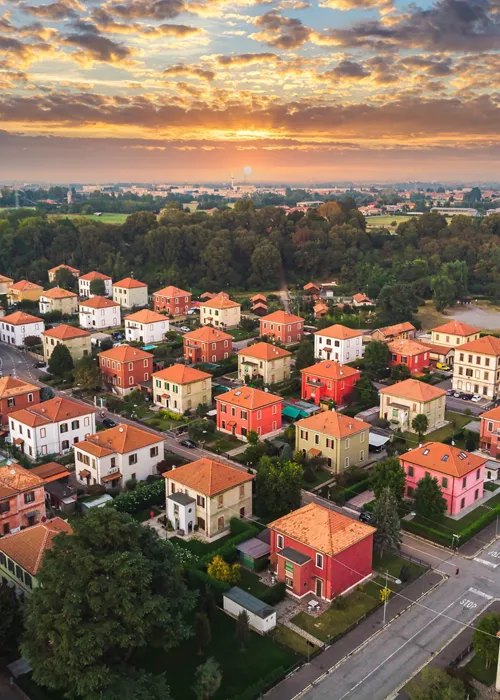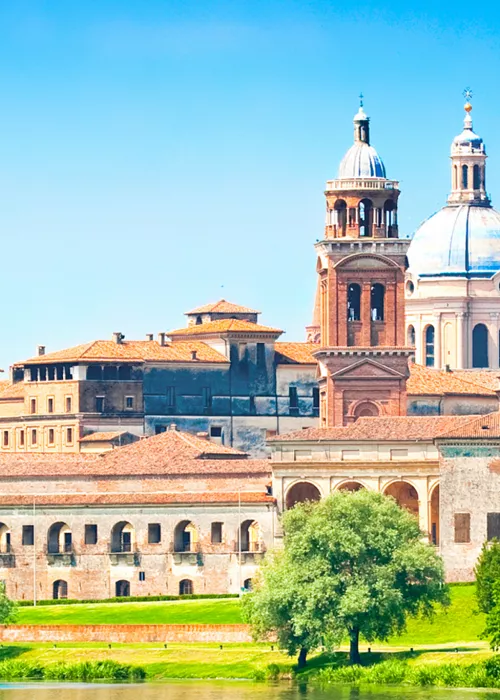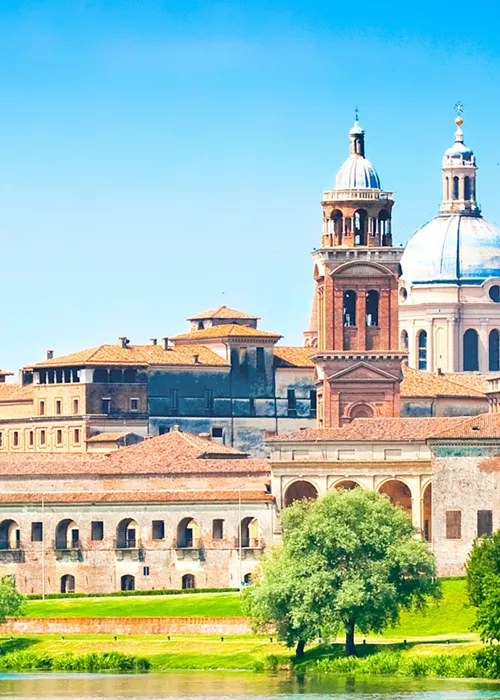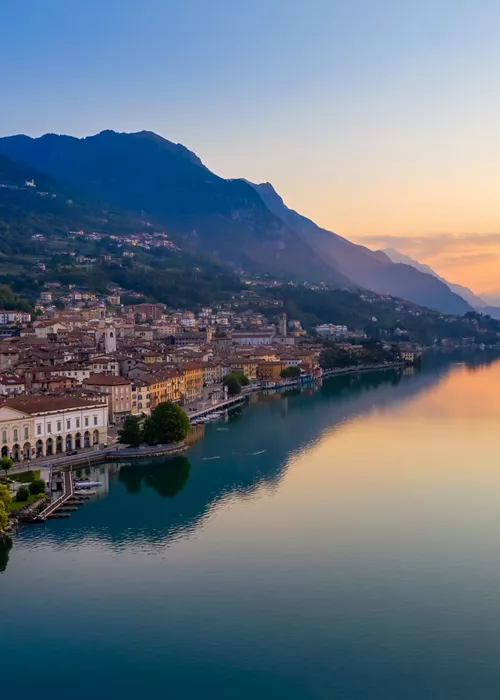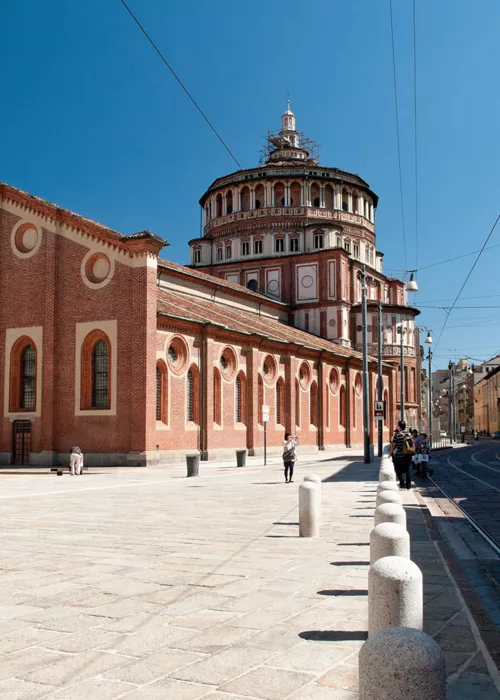Gastronomic tourism: a tour to discover the cheeses of Lombardy
3 minutes
These itineraries, as well as dedicated festivals, are a perfect way to discover the cheeses of Lombardy.
Some of Italy’s most famous dairy products, which are also well known abroad, originate from this area. Let’s take a closer look.
The area of the Lombardy plain
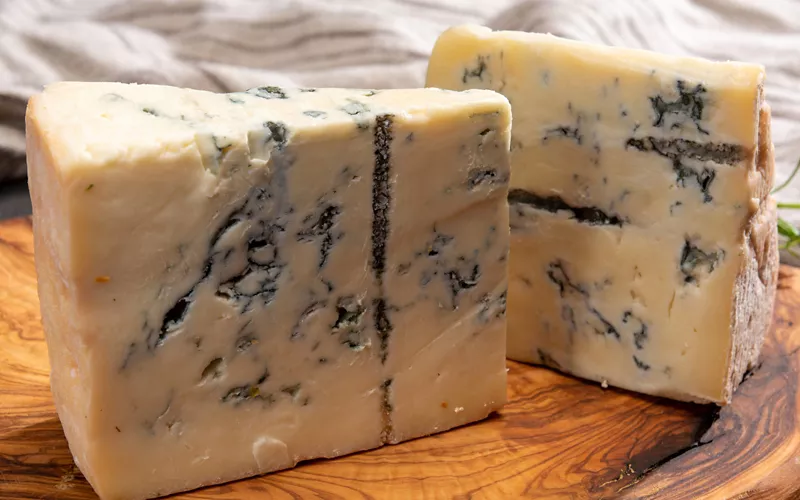
Many popular and well-known cheeses are produced in the lowland area of the Po Valley, such as Grana Padano PDO, a hard cheese made with cooked milk that undergoes slow natural maturation, and Gorgonzola, a straw-coloured cheese made with raw milk. Both are widely used in local recipes.
Less well known and more unusual is Bella Lodi, with its black rind, originating from Granone Lodigiano, the progenitor of all grana cheeses, and most often served as raspadura, that is, in very thin sheets, scraped with a special knife.
Then there is Salva Cremasco, a raw cow’s milk cheese with a washed rind. Its name comes from the fact that it was created to “save” excess spring milk. Together with Taleggio, with its typical parallelepiped shape, and Provolone Valpadana, with its spherical or truncated cone shape, it is protected by the Associazione Alti Formaggi.
You can also try Pannerone from Lodi, a full-fat, unsalted cheese made from whole cow’s milk, which is a Slow Food product made exclusively by the Caseificio Carena.
The mountain area
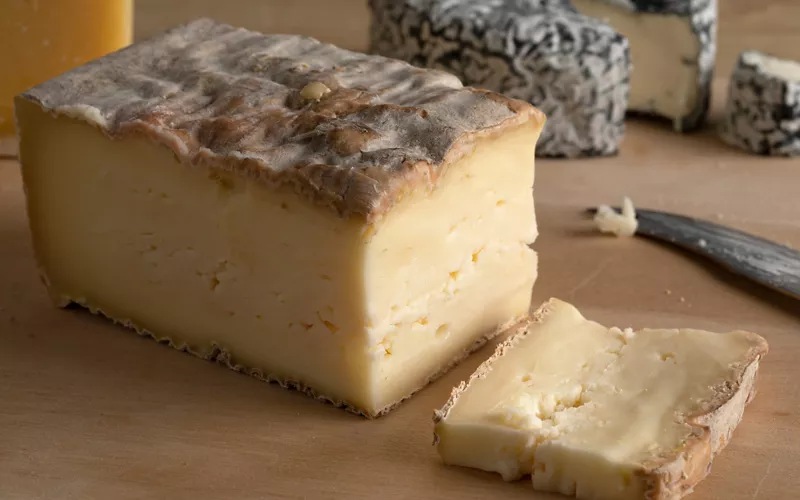
There are many typical cheese products with PDO status from the mountain area of Lombardy, since each valley, village and shepherd’s cottage has its own speciality.
The Val Brembana is particularly fruitful: here you will find Taleggio, with its sweet, buttery flavour. You can try it in its various guises at its dedicated festival.
Also widely used in traditional cuisine are Formai de Mut PDO, made from semi-cooked milk, and Branzi, a semi-hard or hard cheese, perfect when paired with polenta taragna.
Stracchino all'antica delle Valli Orobiche comes from the milk of “tired cows” at stopping points during transhumance, so called because the word “stracc” means “tired”. This is a Slow Food product, as is Agrì di Valtorta, a soft cheese made from freshly milked cow’s whole milk. This cheese is produced exclusively by the local cooperative with its 12 farmers, part of the Arca del Gusto project, which also protects two other cheeses from the valley: Strachitunt PDO, blue-veined and cylindrical in shape, and Fiurì di Valtorta, known to most as “ricotta flower” because it is made from the processing waste of the dairy product in question.
Cheeses from the provinces and the Lakes
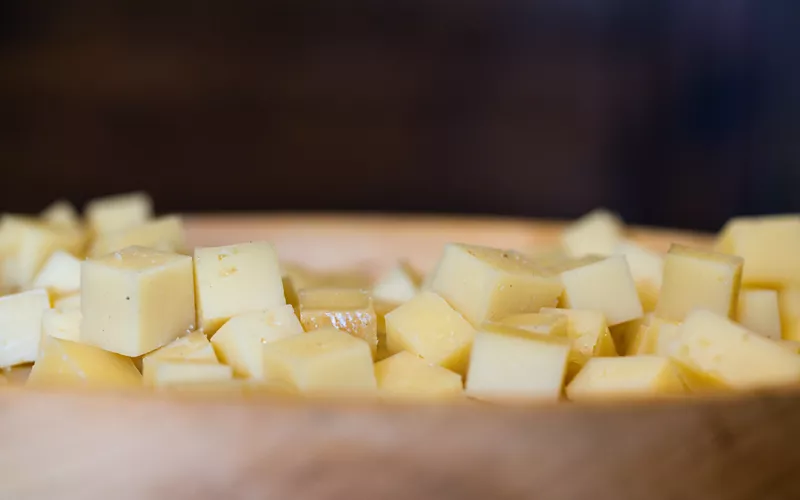
The provinces of Lombardy are also great producers of cheese.
If you visit Brescia, you can try Bagoss, made in the municipality of Bagolino. Known as the “crying cheese” because of the noise it makes when cut, this medium-fat, raw-milk, extra-hard cheese is unique thanks to the addition of saffron during processing.
From Val Saviore, on the other hand, comes Fatulì, which has very ancient origins. Literally “small piece”, it is a very special and rare goat’s cheese that is made from the raw milk of a breed typical of the area, the Adamello blond goat.
Silter from Val Camonica, which gets its name from the place where it is matured, is also worth tasting.
Between Lake Idro and Lake Garda, on the other hand, there is a mountain that gives its name to another speciality: Tombea, produced exclusively in a shepherd’s cottage, in the province of Brescia, from the milk of the Bruna cow.
Moving to the province of Sondrio, in Valtellina, you will arrive in the homeland of Bitto Storico, not only one of the symbols of Lombardy’s cheese production as a whole, but an indispensable ingredient in the preparation of Pizzoccheri, pasta made with buckwheat flour in combination with other flours.
Less well known, but no less excellent, are Matusc and Scimudin. The former, which is very old, was originally a poor farmer’s cheese, made from skimmed milk and produced during transhumance periods; the latter, “homemade” small-batch goat’s cheese, has a sweet and creamy taste and is perfect with a drop of wildflower honey or with pumpkin and pistachio jam.

